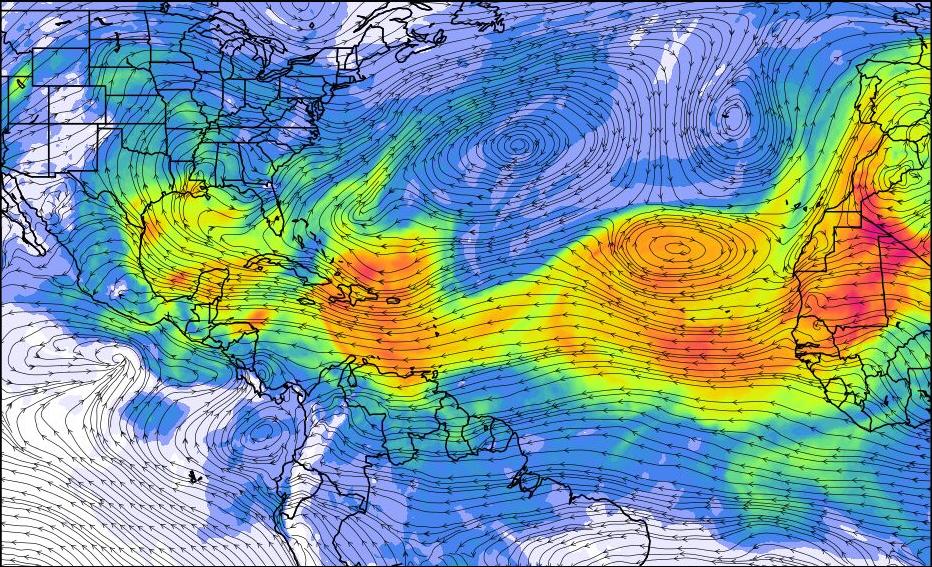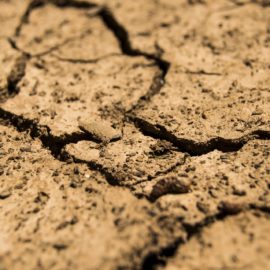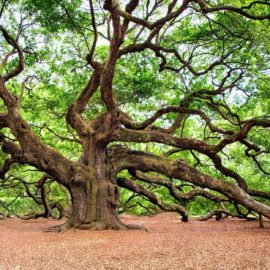
Unhealthy air and dust may be the cause of sniffles and not a cold.
Think you have a bad case of the sniffles? Think again. Air quality in parts of Louisiana, including New Orleans, Baton Rouge and the north shore, reached a level that was unhealthy for sensitive groups on Monday. Peak amounts of particle pollution from the Saharan desert, called Saharan dust, have arrived, as occurs regularly this time of year. Those sensitive groups include children, the elderly and those with heart or lung conditions. The general public is usually not affected. The state Department of Environmental Quality said in a statement that southwesterly winds would transport Saharan dust across the state on both Monday and Tuesday. Shifting winds could push the highest concentrations west of the state by Wednesday, it said. Simultaneously, the National Weather Service issued a heat advisory for southeast Louisiana on Monday with a heat index high of 110 degrees. “These are two independent weather conditions that can be dangerous to someone’s health, especially for someone who’s sensitive,” NWS forecaster Kevin Gilmore said. “If people are sensitive to the heat or air quality, this is something where you want to limit your time outdoors.” Under current conditions, the NWS doesn’t anticipate issuing another heat advisory this week. However, the heat and humidity will make the heat index range from the 90s to the mid-100s. The actual temperature is expected to reach the mid-90s throughout the week.
nola.com

image from NASA
These are two independent events and they don’t work together other than make the air bad.
These two events don’t directly affect each other, but together make being outside for long periods of time dangerous, particularly for those in sensitive conditions. Residents inside the heat advisory zone also should avoid strenuous work or exercise outside, and drink plenty of water. The Saharan dust doesn’t bring extra heat over from Africa, but the dry particles mostly sit about half a mile up from the ground. This doesn’t invoke warming, but it does play a part in keeping the impacted area from cooling down. “The reason it gets so hot is because those nice afternoon thunderstorms that give you a little break from the sun get stifled when you have that really dry Saharan air overhead,” National Oceanic and Atmospheric Administration researcher Jason Dunion said. “The clouds just do not develop well.” The good news is Saharan dust storms can help limit the formation of hurricanes.
Tjhis is not a new occurrence but one we see often. But we need to be careful.
Having Saharan dust blow over Louisiana isn’t a new occurrence. But, residents should stay vigilant as to not experience health issues. Residents should check air quality reports each day to ensure they won’t be effected. The peak season for Saharan dust blowing over the Atlantic will continue through August. In the meantime, those who have the chance can try to catch a glimpse of the morning or evening haze. “For folks living in the area, for the next day or so, a great time to see that dust is either at sunrise or sunset,” Dunion said. “Especially Wednesday when this next one comes. The dust scatters the sunlight, and you’ll see that kind of glow to the sky.”
Me? I will just stay inside!



